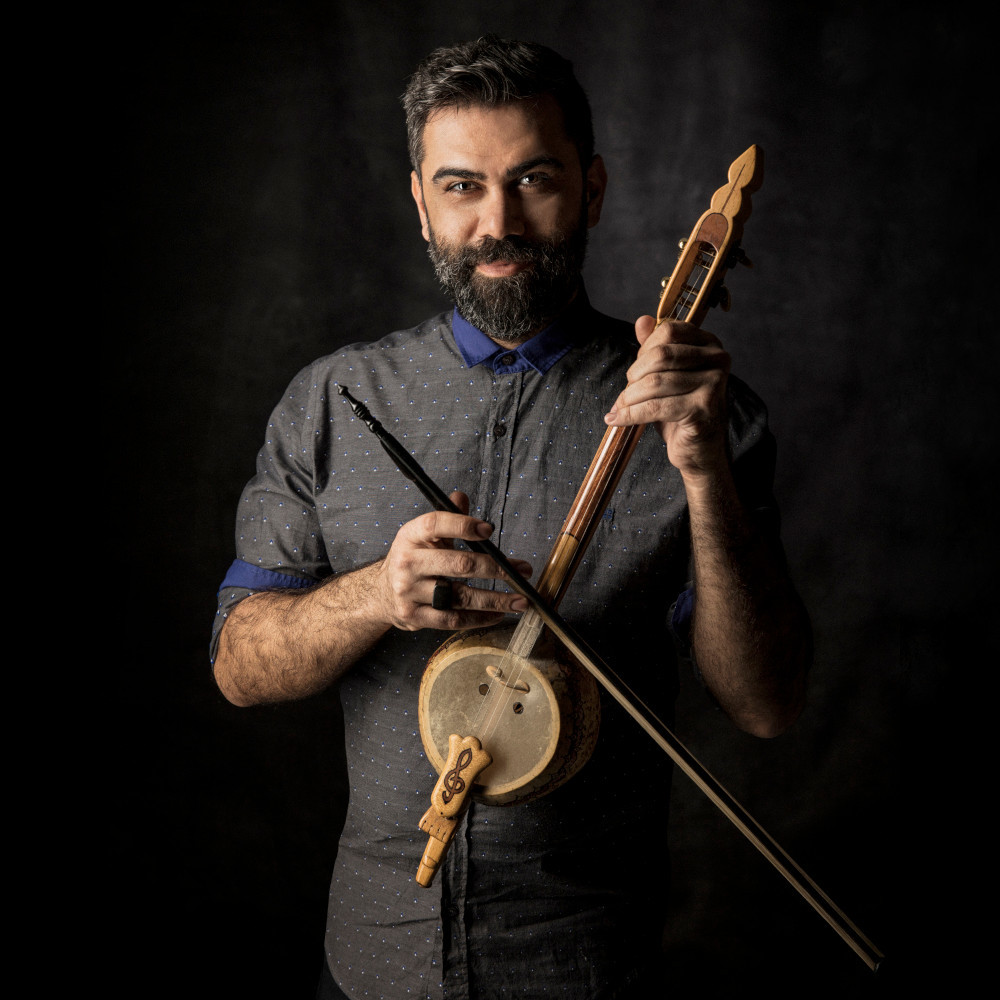A Musical Instrument Being Transmitted from Local to National through Mass Media: Kabak Kemane
Kabak kemane is one of the bowed string instruments performed in traditional Turkish folk music. By the time 1950’s, it had been mostly played by nomadic villagers living in mountain villages located in western Anatolia.
From 1950’s, kabak kemane has been performed by the musicians of “The Community of Music and Voices From Turkey”. By this means, it has been started to appear on radio and television broadcasts. Kabak kemane has become a national instrument because it was carried from rural area to urban through the performances of “The Community of Music and Voices From Turkey” on the audiovisual media. In this article, kabak kemane, merely played by nomadic villagers living in mountain villages located in western Anatolia by the time 1950’s, is introduced. Also how it was started to perform in Turkish folk music broad- casts on tv’s and radio is examined. Thus, being transmitted of kabak kemane from rural to urban and from local to national are evaluated. Moreover, the structural properties of kabak kemane, its performers, its performance context and change in its repertory in this transmission process are evaluated.
For full article in Turkish (Tübitak - Ulakbim - TR Dergileri Dizini)
![Journal of Turkish World Studies [Year:2017 Volume:17 Issue:1 Pages: 155-166]](http://tdid.ege.edu.tr/files/tdid/icerik/Kapak_Gorselleri%28Buyuk%29/TDID-17-1.jpg) Journal of Turkish World Studies [Year:2017 Volume:17 Issue:1 Pages: 155-166]
Journal of Turkish World Studies [Year:2017 Volume:17 Issue:1 Pages: 155-166]